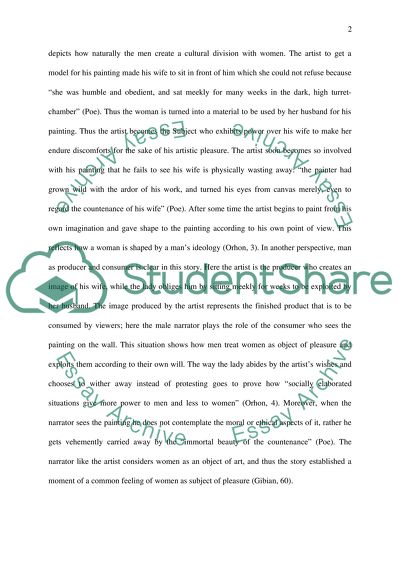Cite this document
(“Gender issues in Literature: Poes The Oval Portrait and Ovids Research Paper”, n.d.)
Retrieved from https://studentshare.org/literature/1482697-gender-issues-in-literature-poes-the-oval-portrait-and-ovids-pygmalion
Retrieved from https://studentshare.org/literature/1482697-gender-issues-in-literature-poes-the-oval-portrait-and-ovids-pygmalion
(Gender Issues in Literature: Poes The Oval Portrait and Ovids Research Paper)
https://studentshare.org/literature/1482697-gender-issues-in-literature-poes-the-oval-portrait-and-ovids-pygmalion.
https://studentshare.org/literature/1482697-gender-issues-in-literature-poes-the-oval-portrait-and-ovids-pygmalion.
“Gender Issues in Literature: Poes The Oval Portrait and Ovids Research Paper”, n.d. https://studentshare.org/literature/1482697-gender-issues-in-literature-poes-the-oval-portrait-and-ovids-pygmalion.


